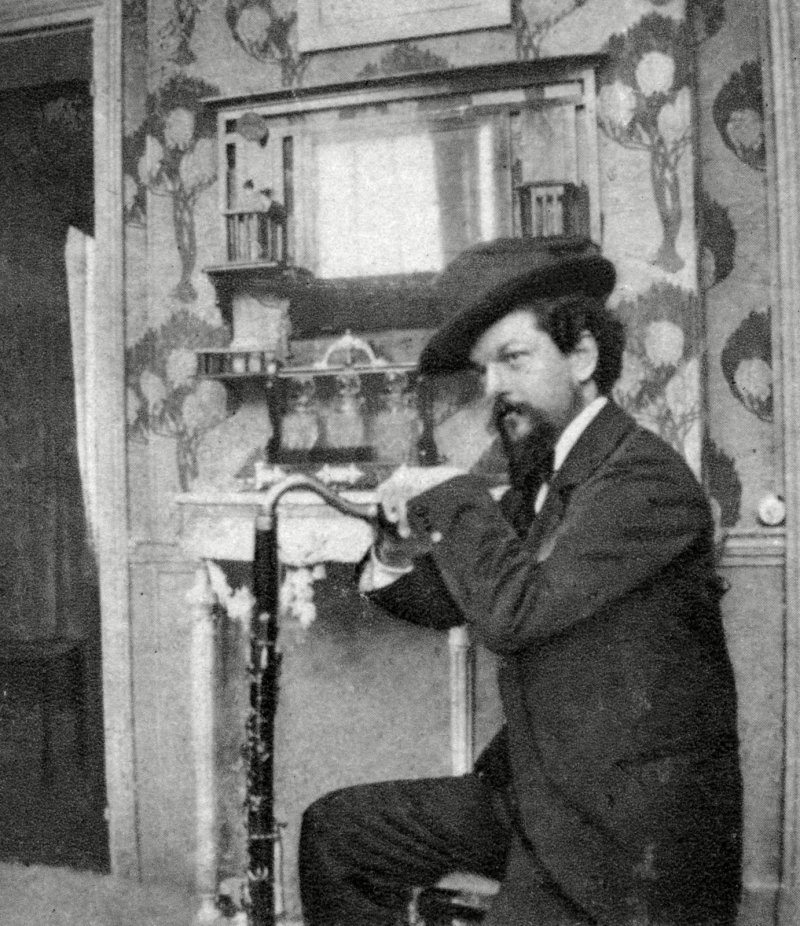Reti concludes that Debussy's achievement was the synthesis of monophonic based "melodic tonality" with harmonies
Rudolph Reti, a critic, listed six characteristics of Claude Debussy's music in 1958, which he asserted "established a new concept of tonality in European music": the frequent use of lengthy pedal points – "not merely bass pedals in the actual sense of the term, but sustained 'pedals' in any voice"; glittering passages and webs of figurations which distract from the occasional absence of tonality; frequent use of parallel chords which are "in essence not harmonies at all, but rather 'chordal melodies', enriched unisons", described by some writers as non-functional harmonies; bitonality, or at least bitonal chords; use of the whole-tone and pentatonic scales; and unprepared modulations, "without any harmonic bridge". Reti comes to the conclusion that Debussy achieved this by combining harmonies, however distinct from those of "harmonic tonality," with a monophonic-based "melodic tonality."
Debussy and his former instructor Guiraud had talks in 1889 during which the pianist explored various harmonic possibilities. Maurice Emmanuel, a Guiraud student who was younger, took note of the conversation and Debussy's improvised chordal piano pieces. Some of the components mentioned by Reti may be heard in the chord progressions Debussy plays. They could also be a sign of Satie's 1887 Trois Sarabandes' impact on Debussy. During this chat, Debussy also improvised a series of whole tone harmonies that may have been influenced by the music of Glinka or Rimsky-Korsakov, which was starting to gain popularity in Paris at the time. Guiraud overheard Debussy say to him: "There is no theory. You have only to listen. Pleasure is the law!" – although he also conceded, "I feel free because I have been through the mill, and I don't write in the fugal style because I know it."










